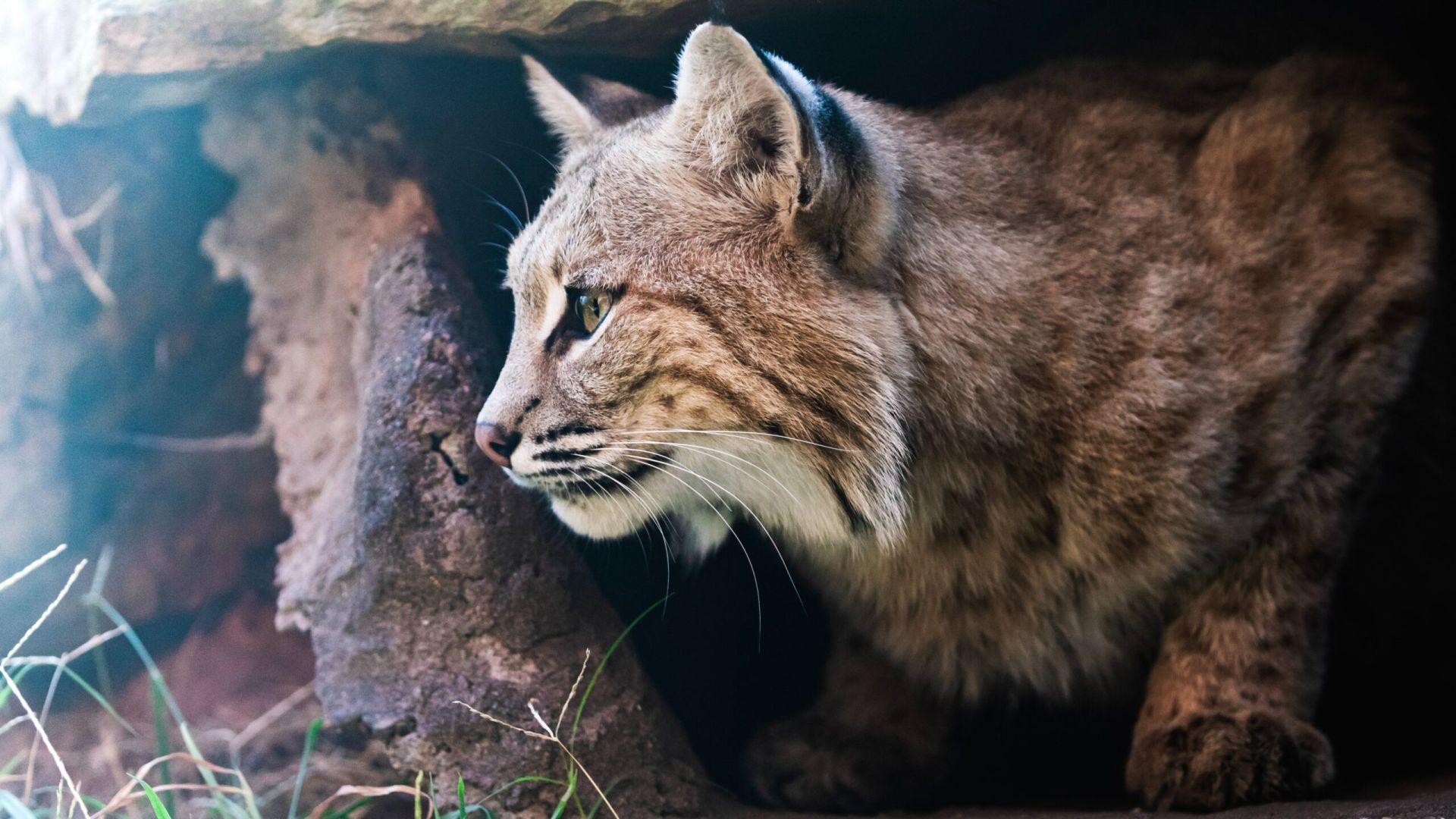The Osoyoos region is home to a countless number of wildlife species that have made the desert their home.
The variety of grasslands, wetlands desert vegetation, heat, and lakes throughout the South Okanagan have created a unique ecosystem where a multitude of animals and critters can survive and thrive, and some species you won’t find anywhere else in Canada!
With help from experts at the Osoyoos Desert Centre, we’ve compiled a list of just a handful of wildlife that you may encounter while visiting the area — some you might expect to live here in the desert, while others may surprise you!
Bobcats
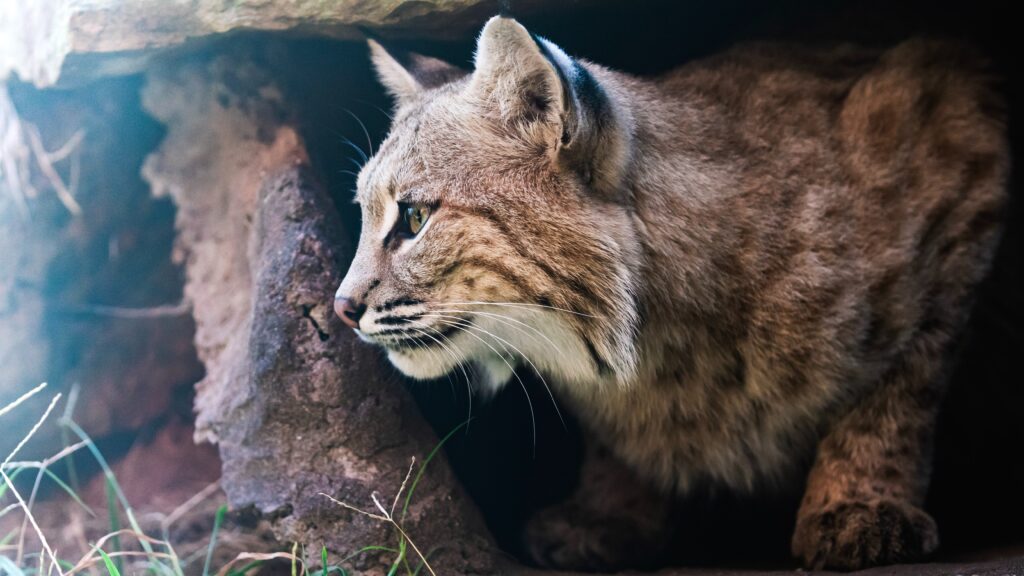
Bobcats are extremely versatile creatures and can adapt to many different environments, including the Osoyoos desert.
They tend to roam and not stick around one place for too long making them hard to spot, however, just recently a bobcat paid a visit to the Osoyoos Desert Centre and was seen during an early morning tour.
Badgers
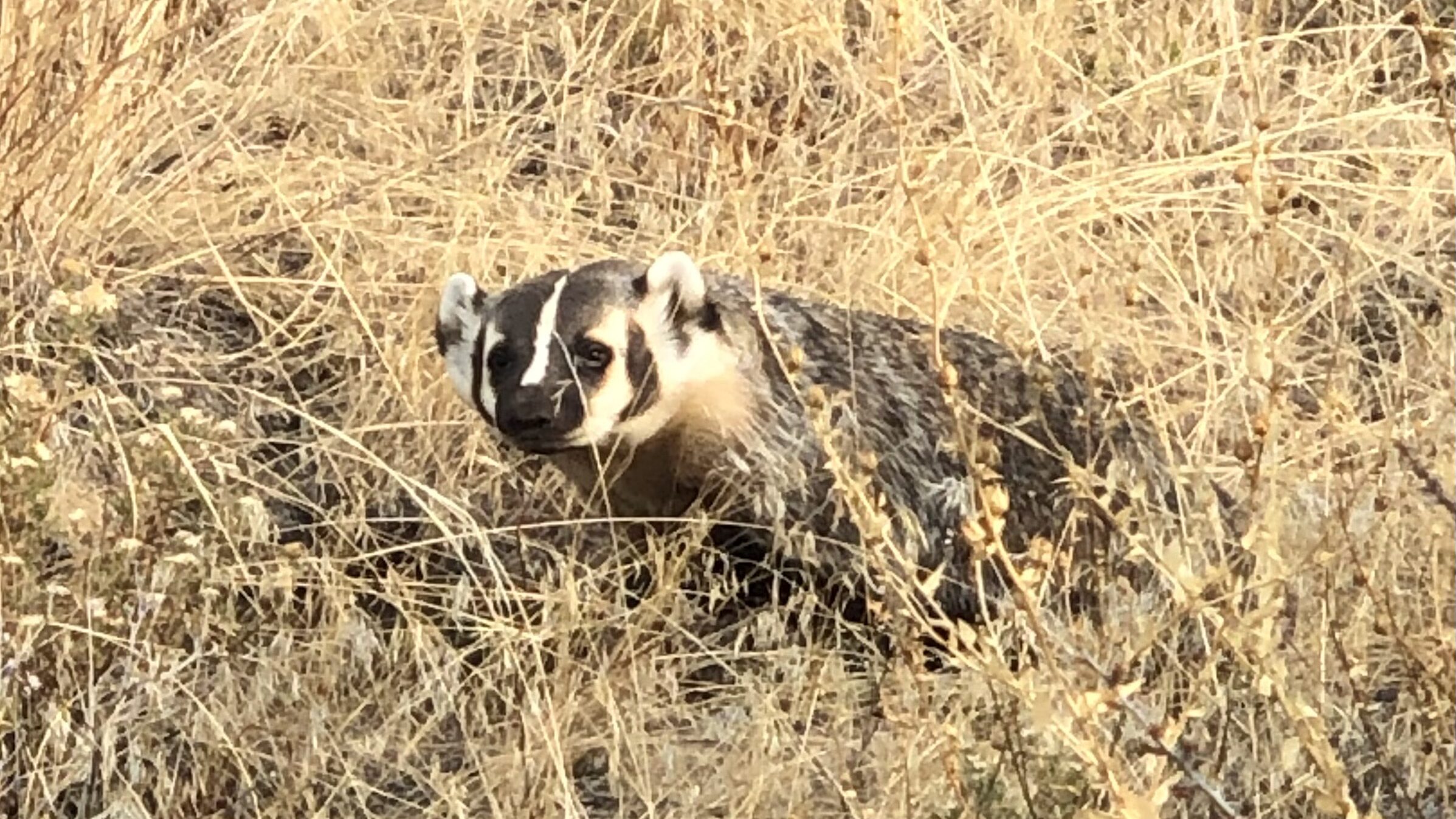
One of the species that isn’t the first to people’s minds when they think of Osoyoos is the badger.
Badgers are rare in the area and hard to spot, but they do live in dry, hot climates.
According to the Osoyoos Desert Centre Manager, Leor Oren, the last badger that inhabited near the centre was about two years ago. This badger created a complex underground burrow with multiple entrances that Oren says was very much enjoyed by the other wildlife in the area once the badger vacated.
Nuttall’s Cottontail
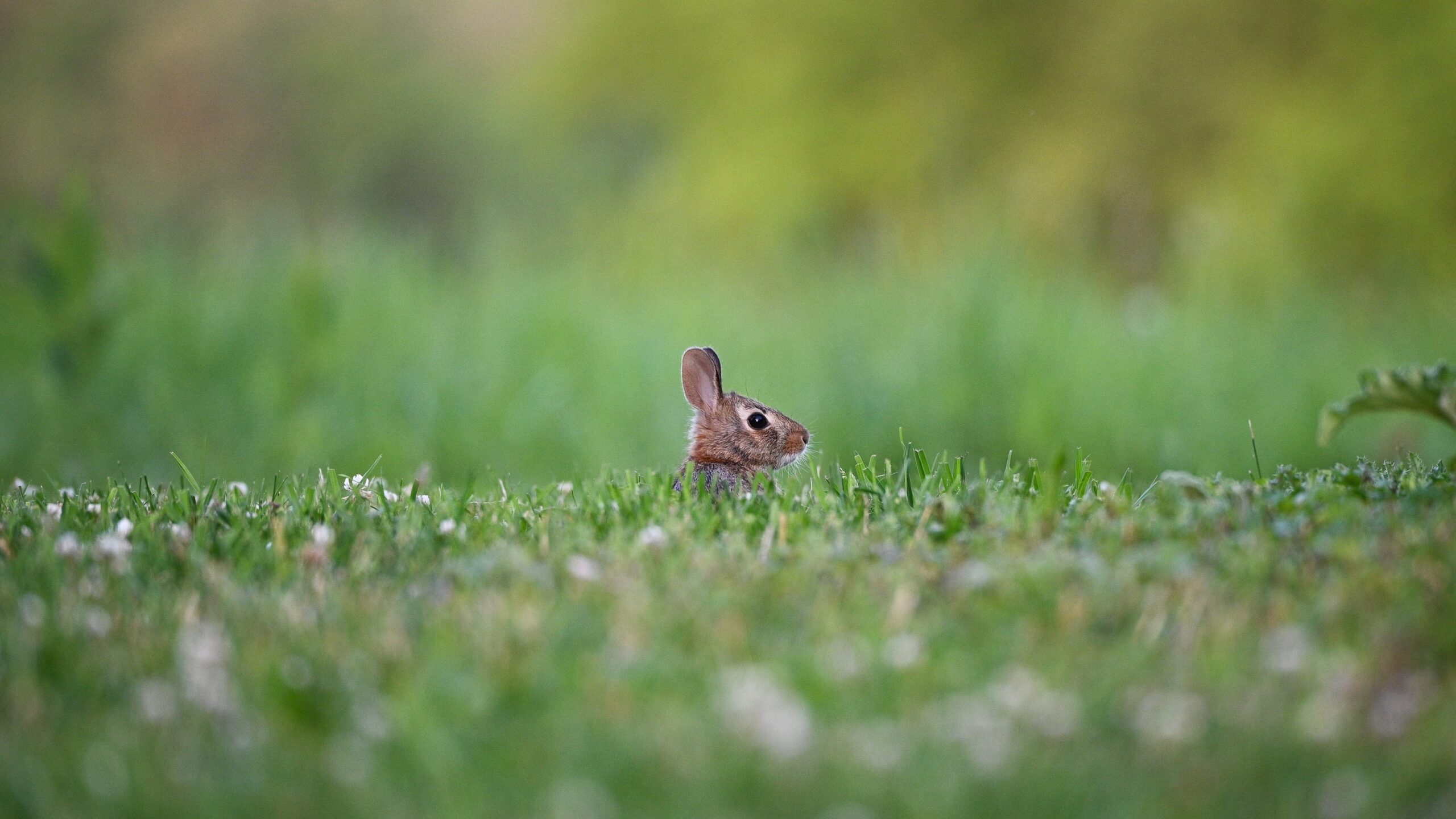
A visitor favourite as these little guys are the smallest rabbit in North America.
These rabbits are extremely cute due to their size, especially when they have babies.
This animal is prevalent in the area of the Osoyoos Desert Centre for anyone hoping to see one, however, they mostly hide underground on hot days.
Northern Scorpions
One of the most interesting things about the Northern Scorpion is that under a UV flashlight, its exoskeleton glows in the dark.
These nocturnal creatures are littered throughout the desert, but do not fear, the more north you go, the less venomous they become. This is because they have to spend more energy on survival resulting in less energy being put into any venomous sting.
Burrowing Owls
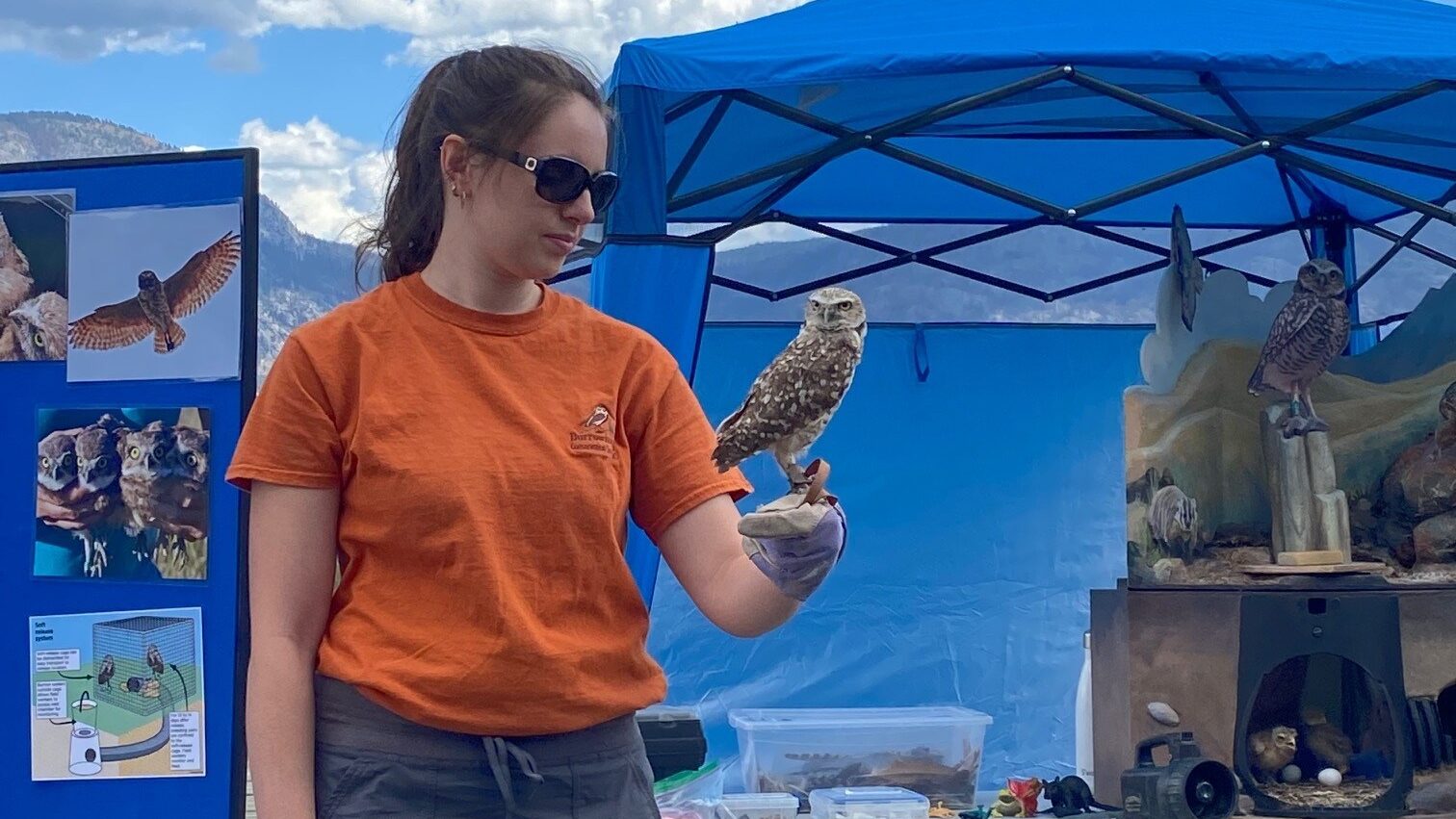
Burrowing owls is one species considered at risk and is currently labelled as extirpated.
Wildlife experts are currently trying to reintroduce this endangered species back into the South Okanagan desert region, with new owls being born in captivity north of Oliver.
When burrowing owls are ready, they are released into the wild in the grassland habitat around Kipoola Lake, west of Osoyoos.
The Osoyoos Desert Centre also does the occasional Nature Talk about the wildlife in the area and has brought burrowing owls for the public to view in the past.
Pallid Bats
There are 14 different species of bats in the Osoyoos area, but none are more intriguing than the pallid bat.
This white-coloured varietal — one of the rarest mammals in British Columbia — has much bigger ears than a standard bat and uses those ears to cool themselves.
Oren describes the pallid bat’s ears as a “natural radiator” that they pump blood through in order to keep cool in the hot climate.
Unlike other bats, the pallid bat hunts by flying low to the ground, listening for rustles, and pouncing on food from out of the air.
Bears
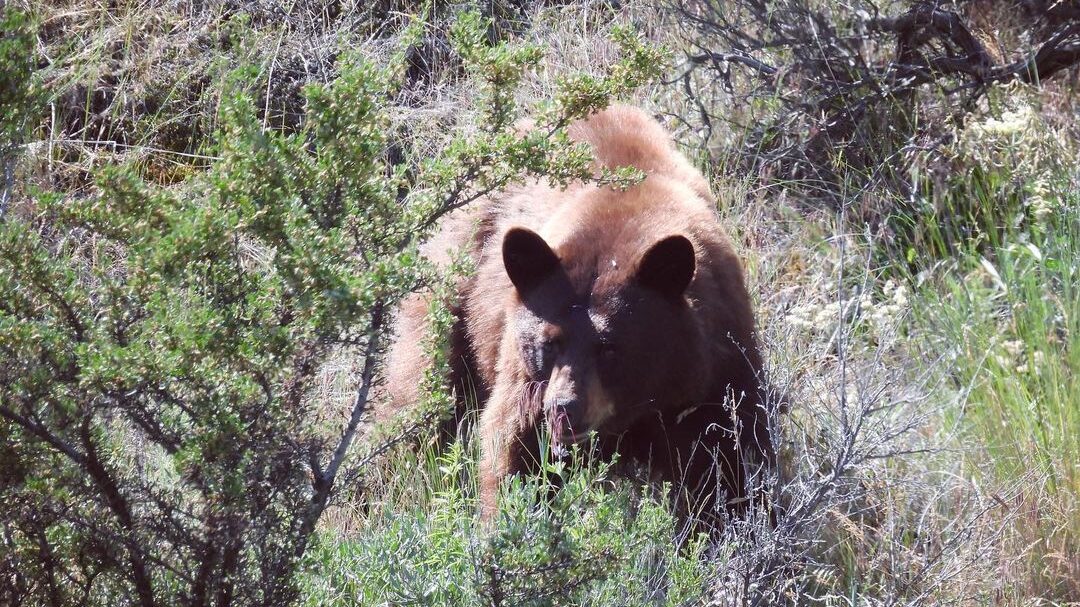
Bears in the desert, oh my!
Black bears like the one pictured above, frequent the area of the Osoyoos Desert Centre but have also been known to be spotted in some of the vineyards in the region as well.
The vegetation at the Desert Centre attracts the bears, as they come seeking a food source such as Saskatoon Berries.
California Big Horn Sheep
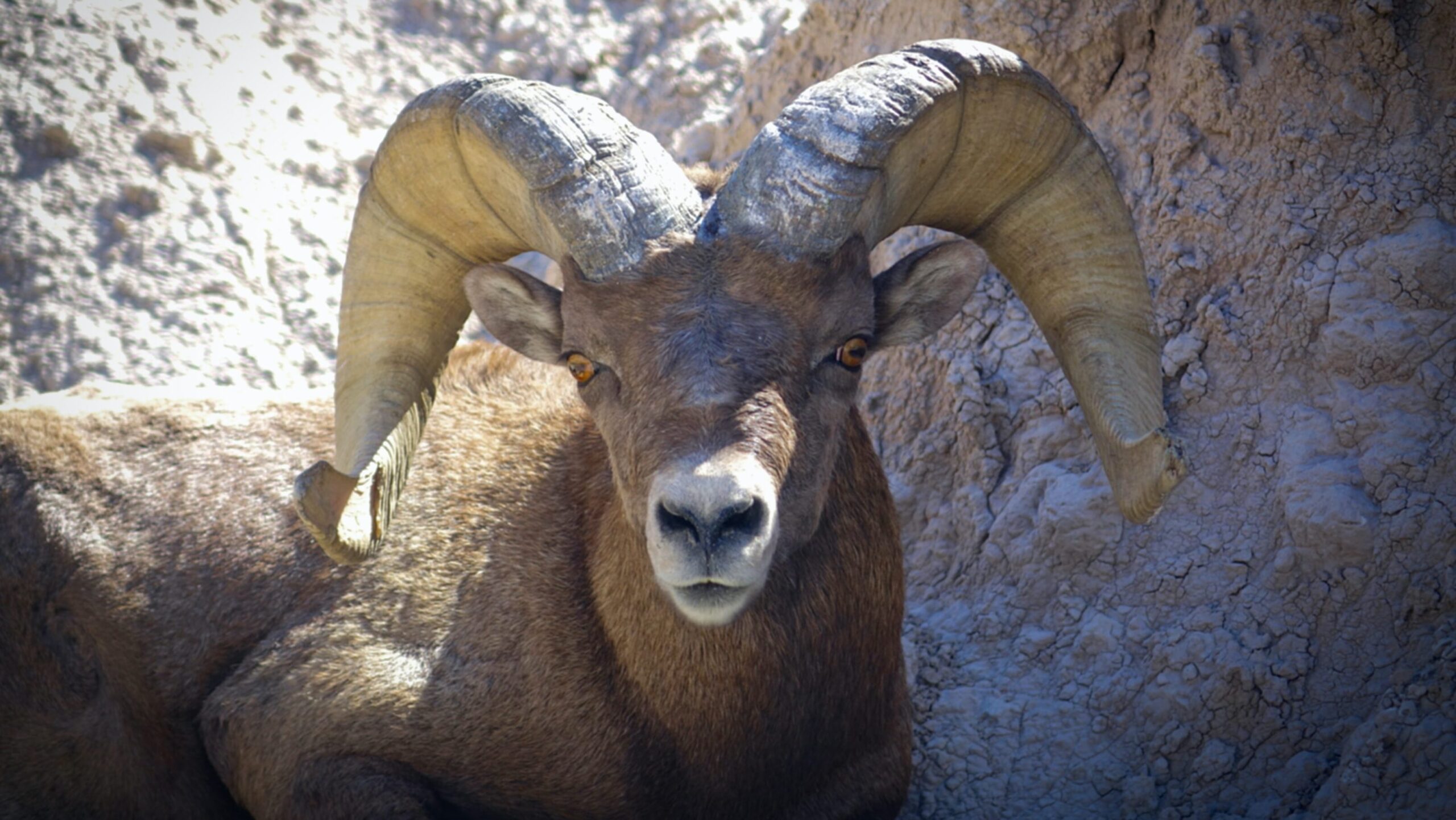
The cliffs surrounding the South Okanagan Valley are a dream for the California Big Horn Sheep that live in the area.
These sheep tend to stay away from busy roadways and human activity, residing up in the hills but they can be spotted from the road if driving north from Osoyoos near Vaseaux Lake.
There is also a chance to see these big horn sheep on Anarchist Mountain just outside of town.
Great Basin Spadefoot
A unique amphibian, the Great Basin Spadefoot has adapted to the desert environment.
Residing in the marshes at the north end of Osoyoos Lake, these frogs differ from others by its vertical “cat’s eye” pupils.
Spadefoots will spend nearly 8 months of the year underground and are only active during the spring and fall when the conditions are right.
Although it is unlikely to spot an adult spadefoot in the wild during the summer months, tadpoles can be seen in tanks at the Osoyoos Desert Centre.
Snakes
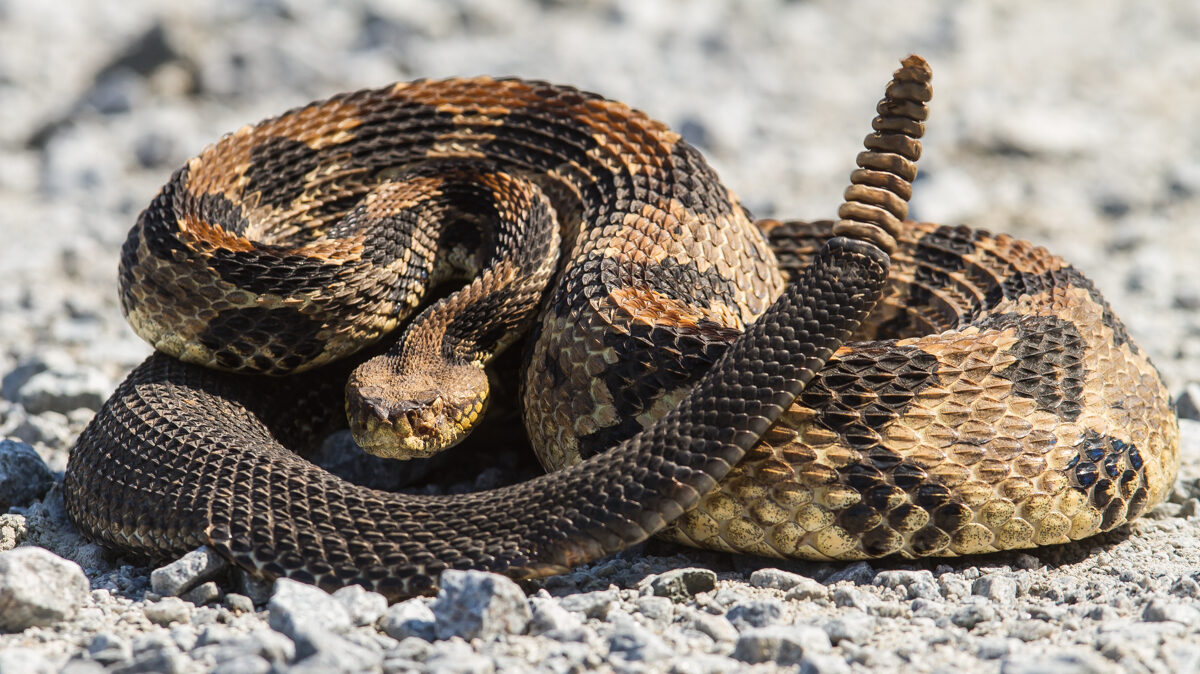
Okay, you probably new snakes existed in the desert as most people are aware of the snakes in Osoyoos.
There is an abundance of different snake species that live around the area, ranging from western yellow-bellied racers to gofer snakes and of course, rattlesnakes.
Rattlesnakes are more frequently found in the vicinity of the Nk’Mip Desert Cultural Centre, but may also be encountered while hiking or biking around the network of trails in the area.
California Quail
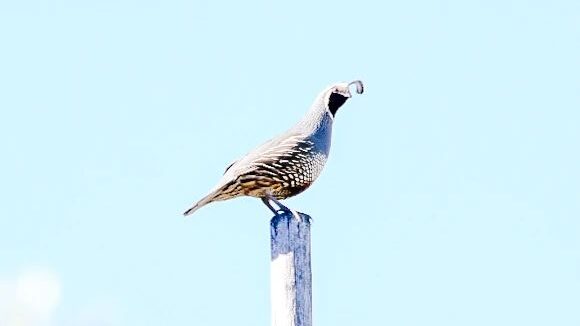
One of the common wildlife staples of Osoyoos, the California Quail is one bird you will almost certainly see when spending time in the South Okanagan.
Quail can be seen darting across pathways, hiding underneath bushes, crossing through the vineyards and everywhere else in between.
While locals are used to spotting quail, it can still be exciting to see a family of these beautiful birds crossing in front of you!
Some other birds found in the region include Western Bluebirds, the American Goldfinch, and Redtail Hawks.
—
Many of these animals can be found at the Osoyoos Desert Centre, open daily between 9 a.m. and 4 p.m. Early morning tours are also available on Thursdays throughout the rest of the summer.
Also, when visiting Osoyoos, it is possible that you encounter one or multiple wildlife species living in the desert.
It is important to remember that we share the South Okanagan habitat with these animals and we should enjoy wildlife from a distance. When hiking or biking, stay on the designated trails and be certain to watch where you are stepping as it is easy for critters like snakes to wind up on pathways.
For more information on how to safely enjoy wildlife, visit https://wildsafebc.com/

